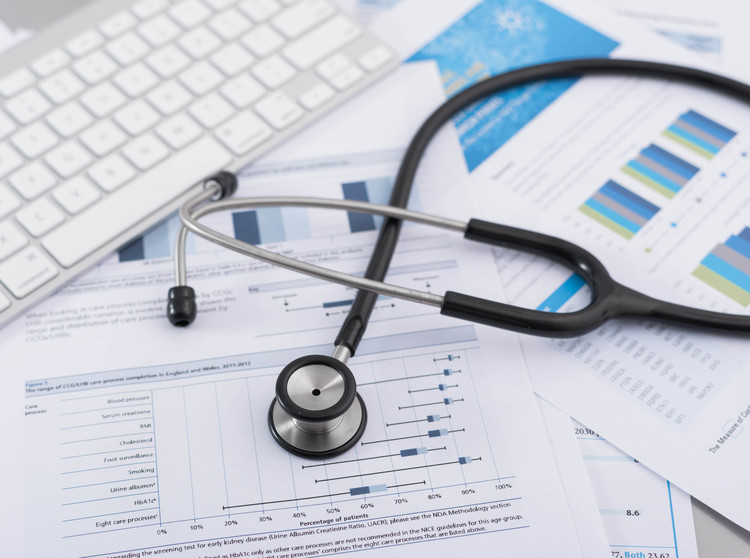While it may be impossible to prevent infection from the new coronavirus, you can take steps to minimize the risk of COVID-19 illness in your home or office.
HOME CLEANING
 The U.S. Centers for Disease Control and Prevention says transmission may occur when infected persons cough or sneeze, releasing respiratory droplets in the air. In this manner, the virus can spread to people within about 6 feet. According to the National Institutes of Health, evidence also suggests the virus may remain viable for hours to days on surfaces. Adequate cleaning and disinfection are important, especially in homes where a person is suspected or confirmed to have COVID-19, according to the CDC.
The U.S. Centers for Disease Control and Prevention says transmission may occur when infected persons cough or sneeze, releasing respiratory droplets in the air. In this manner, the virus can spread to people within about 6 feet. According to the National Institutes of Health, evidence also suggests the virus may remain viable for hours to days on surfaces. Adequate cleaning and disinfection are important, especially in homes where a person is suspected or confirmed to have COVID-19, according to the CDC.
- Cleaning refers to the removal of germs, dirt and impurities from surfaces. Cleaning does not kill germs, but by removing them, it lowers their numbers and the risk of spreading infection.
- Disinfecting refers to using chemicals to kill germs on surfaces. This process does not necessarily clean dirty surfaces or remove germs, but by killing germs on a surface after cleaning, it can further lower the risk of spreading infection.
Detailed information on how to clean and disinfect surfaces is available on the CDC.gov website. In general, the CDC recommends cleaning and disinfecting high-touch surfaces daily in household common areas such as tables, hard-backed chairs, doorknobs, light switches, remote controls, handles, desks, toilets and sinks. Use a bleach solution of 4 teaspoons bleach per quart of water. Use disposable gloves while working and clean your hands immediately after gloves are removed.
If a person is ill, consider reducing frequency of interaction to an as-needed basis to avoid unnecessary contact. As much as possible, an ill person should remain in a specific room, away from other people. The CDC offers guidance for home care of an ill person.
WORKPLACE CLEANING
The U.S. Occupational Safety and Health Administration provides its publication, Guidance on Preparing Workplaces for COVID-19 (PDF, 1.1MB), for businesses. Page 11 of the document advises businesses to maintain regular housekeeping practices, including routine cleaning and disinfecting surfaces, equipment and other elements of the work environment by using Environmental Protection Agency-approved disinfectants.
GENERAL HYGIENE
Both at work and at home:
- Wash your hands frequently, especially before, during or after preparing food; before eating; before and after caring for someone who is sick; after using the toilet or changing a diaper; after blowing your nose.
- Follow these five steps every time:
- Wet your hands with clean, running water (warm or cold), turn off the tap and apply soap.
- Lather your hands by rubbing them together with the soap. Lather the backs of your hands, between your fingers and under your nails.
- Scrub your hands for at least 20 seconds. Need a timer? Hum the “Happy Birthday” song from beginning to end twice.
- Rinse your hands well under clean, running water.
- Dry your hands using a clean towel or air dry them.
- Follow these five steps every time:
- Maintain social distancing of at least 6 feet
- Cover coughs and sneezes with a tissue, then dispose of the tissue
- Avoid touching your nose, mouth or eyes with unwashed hands
MORE INFORMATION
The World Health Organization offers a detailed Q&A on coronaviruses (COVID-19).
This loss control information is advisory only. The authors assume no responsibility for management or control of loss control activities. Not all exposures are identified in this article.

